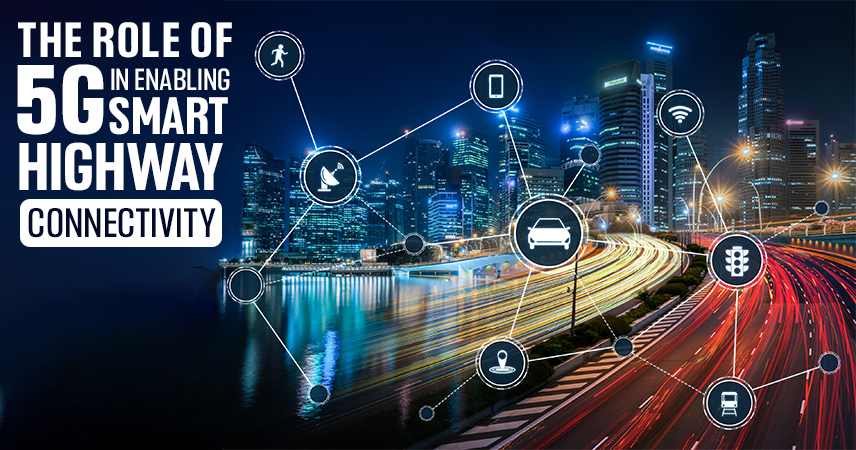
Exploring 10 Innovative Ideas for Building a Green Transportation Infrastructure
- By Admin
- 19-03-2024

In today's world, the need for sustainable and eco-friendly
transportation solutions is more pressing than ever. With concerns about
climate change and air pollution on the rise, communities around the globe are
seeking innovative ways to build green transportation infrastructure. From
electric vehicle charging stations to bike lanes and renewable energy for
public transport, there are numerous ideas that can make a significant impact
on reducing carbon emissions and creating healthier, more livable cities.
1. Electric Vehicle
Charging Stations
One of the most promising developments in green
transportation is the widespread adoption of electric vehicles (EVs). To
support this shift, the installation of electric vehicle charging stations is
crucial. These stations can be strategically placed in public parking lots,
shopping centers, and along major highways, making it convenient for EV owners
to recharge their vehicles while on the go.
2. Bike Lanes and
Shared Paths
Encouraging cycling as a mode of transportation not only
reduces emissions but also promotes a healthier lifestyle. Creating dedicated
bike lanes and shared paths separate from motor vehicle traffic enhances safety
and accessibility for cyclists. Cities like Amsterdam and Copenhagen have set a
precedent for the success of extensive bike infrastructure in reducing
congestion and pollution.
3. Renewable Energy
for Public Transport
Transitioning public transport systems to run on renewable
energy sources such as solar or wind power can significantly reduce their
carbon footprint. By investing in electric buses, trains, and trams powered by
clean energy, cities can minimize air pollution and dependence on fossil fuels.
4. Carpooling and
Ridesharing Programs
Carpooling and ridesharing initiatives promote the efficient
use of vehicles and reduce traffic congestion. By incentivizing carpooling
through dedicated lanes, toll discounts, or parking benefits, communities can
encourage more people to share rides and decrease the number of
single-occupancy vehicles on the road.
5. Green Roofs on
Public Transport Stations
Integrating green roofs into public transport stations not
only provides aesthetic benefits but also contributes to environmental
sustainability. Green roofs absorb rainwater, reduce urban heat island effects,
and improve air quality, creating more pleasant and eco-friendly transit hubs.
6. Integration of
Public Transport Systems
Creating a seamless and integrated public transport network
encourages more people to use mass transit instead of relying on private
vehicles. By connecting different modes of transportation such as buses,
trains, and ferries with convenient transfer points, cities can improve
mobility and reduce reliance on cars.
7.
Pedestrian-Friendly Urban Planning
Designing cities with pedestrians in mind promotes
walkability and reduces the need for car travel. Implementing features like
widened sidewalks, pedestrian-only zones, and traffic-calming measures enhances
safety and encourages people to choose walking as a primary mode of transportation.
8. Biofuel Stations
for Vehicles
Biofuels derived from organic matter offer a renewable
alternative to traditional fossil fuels. Establishing biofuel stations where
drivers can fill up their tanks with ethanol, biodiesel, or other bio-based
fuels supports the transition to greener transportation options and reduces
greenhouse gas emissions.
9. Smart Traffic
Management Systems
Utilizing technology such as intelligent traffic lights,
real-time traffic monitoring, and adaptive signal control improves traffic flow
and reduces congestion. By optimizing traffic patterns and reducing idling
times, smart traffic management systems help minimize fuel consumption and
emissions.
10. Incentives for
Eco-Friendly Commuting
Offering incentives for eco-friendly commuting behaviors
encourages individuals to choose sustainable transportation options. This could
include rewards such as tax incentives for purchasing electric vehicles,
subsidies for public transit passes, or employer-sponsored commuter benefits
for biking or carpooling to work.
Case Studies of Successful Green Transportation Projects
Curitiba, Brazil: The Bus Rapid Transit (BRT) system in Curitiba integrates dedicated bus lanes, prepaid boarding, and high-frequency service to provide efficient and sustainable public transportation.- Portland, Oregon, USA: Portland's extensive network of bike lanes, coupled with bike-sharing programs and supportive city policies, has made it one of the most bike-friendly cities in the United States.
- Stockholm, Sweden: Stockholm's congestion pricing scheme charges drivers a fee for entering the city center during peak hours, reducing traffic congestion and air pollution while generating revenue for public transportation improvements.
Conclusion
Building a green transportation infrastructure is essential
for creating sustainable, resilient cities that prioritize environmental
conservation and public health. By implementing innovative ideas such as
electric vehicle charging stations, bike lanes, and renewable energy for public
transport, communities can reduce emissions, improve air quality, and enhance
the overall quality of life for residents.




